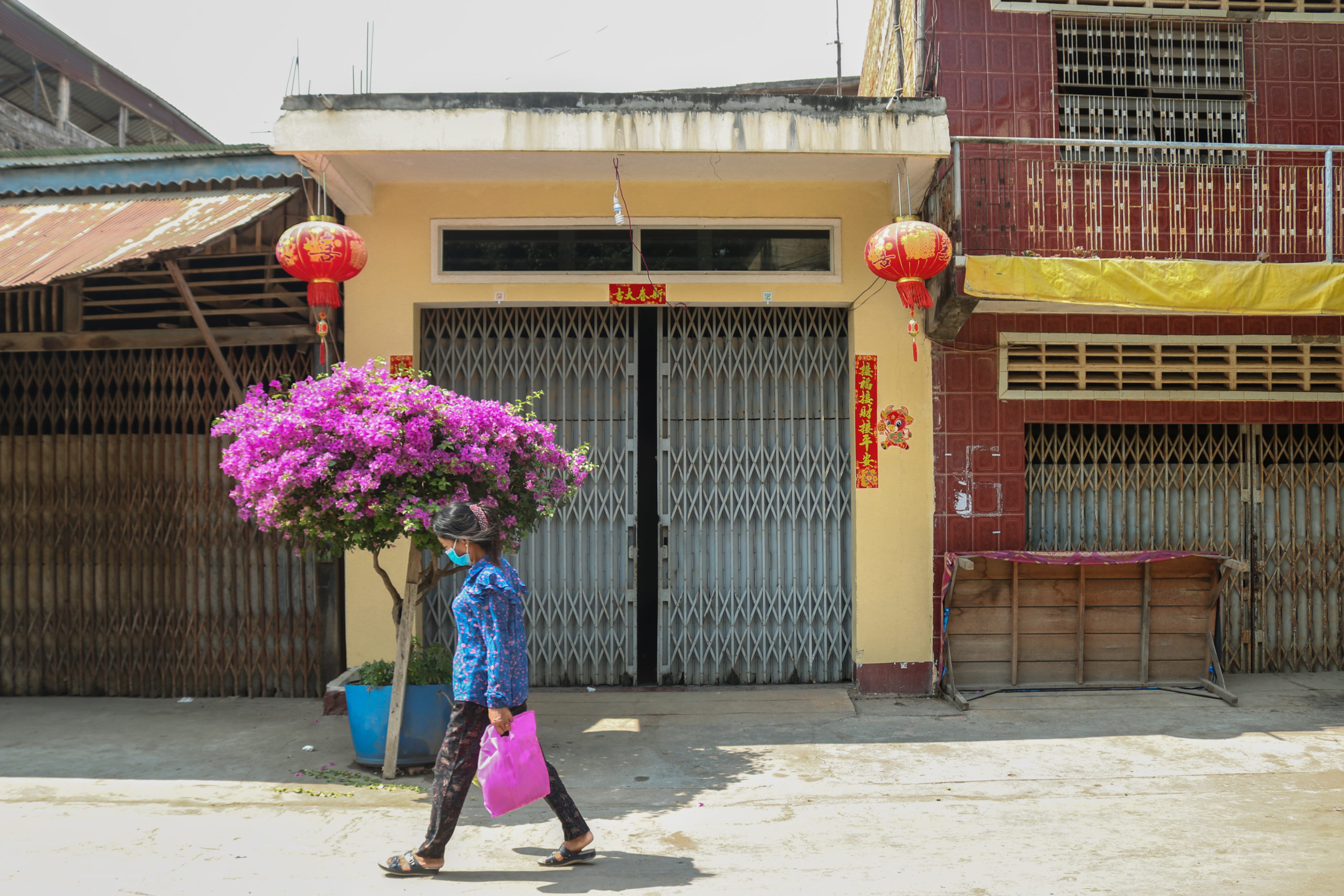The reform of Svay Pak
Once the centre of child sex tourism in Cambodia, today Svay Pak is a drastically changed community due to efforts by authorities and NGOs in recent decades. But the industry, today eradicated from street corners, has adapted to the digital age
By Andrew Haffner and Allegra Mendelson
Additional reporting by Vuthtey Borin
Today, Svay Pak village is yet another piece of Phnom Penh’s growing urban sprawl, a bustling yet small community on the northern rim of the capital.
But at the turn of the century, this place was a horrorshow of child sexual abuse, rape and exploitation, driven by brothels openly prostituting children as young as five to a clientele of mostly foreign pedophiles. Documentary video captured in 2003 by the US television programme Dateline shows a village of dirt roads and hovels, and teenage pimps and hustlers working with a network of adults to sell pre-pubescent girls to the highest bidder.
Even the motodops and taxi drivers knew the open secret of the village once nicknamed Kilometer 11, due to its distance from the city centre. An interested patron had only to ask for young girls and would be taken north to Svay Pak.
Grainy footage of Dateline’s hidden cameras shows girls being offered to perform oral sex for as little as $30 by both family members and professional child procurers, a lineup of underworld characters including coiffed women who introduce themselves as “mama-san” and men in undershirts who haggle with tight lips around dangling cigarettes.
Most of the girls and women who were pressed into this world of commercial sex are believed to have been of stateless and migratory Vietnamese residents, a community that has historically been viewed by Cambodians with resentment and animosity.
The sale of children at Svay Pak and other child sex hubs around the country represented one of the most brazen periods in an era of international child sex tourism, in the hazy days of the late 1990s and early 2000s when pedophiles could meet online to plan itineraries and visit marginalised places like Svay Pak to buy children with impunity.
As brutal as the scenes from this era are, it’s hard to imagine them playing out today in Svay Pak. While sexual abuse of children may never be fully eradicated, all signs suggest that the open trade practiced in the village, as well as elsewhere in Cambodia, has been all but stomped out by ramped-up local law enforcement and international efforts to track sexual predators as they cross borders.


Svay Pak village is now crossed with paved roads and multi-story family homes, with front doors thrown open to the light. On a recent evening, families sat outside their homes to eat dinner in the cool air as children played in the streets, cruising past on light-up roller skates and laughing in the dusk.
Among long-term residents, the village’s nefarious history seems to have sunk into memory. Police raids and other law enforcement measures drove out the bulk of the pimps and madams, and many of those involved in the sex trade have long since moved away from the area, explain local residents today.
”It’s not a big thing anymore so people don’t normally talk about it. For younger generations, they don’t even know what happened,” says Hok, a 50-year old Cambodian driver who moved to Svay Pak, his wife’s hometown, about 15 years ago. “For those who live in this area now, it’s not that we have secrets, but whenever we travel outside of Svay Pak when they ask us where we are from, they discriminate against us because the town still has such a bad reputation.”
Of more than half-a-dozen people the Globe spoke with in the village, including long-term residents, a visiting worker from a domestic violence prevention group and the priest of the local Vietnamese Catholic church, none believed that child sex trade still posed any real threat to the community.
A few commented that drug sales, particularly that of methamphetamine, was still a prevalent issue in the village, but most said the area had greatly improved over the years. Even the commingled ethnic Vietnamese and Cambodian neighbours now live in closer harmony today than in years past, said one restaurant owner who could recollect a time when feuds between the two groups would break out into violence and arson.
The main road through the village, directly off the highway, was once the epicentre of the industry, lined with brothels and filled with women and young girls. Ly Hovan, a 26-year-old pharmacist working at her family’s corner store in the village centre, said, given the location of her shop, she remembers sex workers coming in to buy medicine, often looking for a place to seek a moment’s refuge.
“This was the main street where everything happened,” she said, looking out from behind the counter and pausing at one point when her mother addressed her in Vietnamese. “The house right next to us, and the one on the corner, all used to be brothels. Girls would run from the brothels into people’s homes, usually to hide from police, but other times too.”
You don’t just walk up to tuk-tuk drivers anymore and start asking these questions or you’ll find yourself in trouble
Nowadays, Hovan says the services offered by a Christian anti-trafficking organisation, Agape International Missions (AIM), have made the village a “more livable” place since her youth. As she spoke, men in the building next door were grinding long slabs of ice into cubes, oblivious to the interest of reporters.
Matthew Stock, country director for AIM, recently told the Globe just how much the situation has changed regarding child abuse in the Kingdom.
“You don’t just walk up to tuk-tuk drivers anymore and start asking these questions or you’ll find yourself in trouble,” Stock said. “You’ve really got to put an effort in and really be looking for it, and even then as a perpetrator you’ve got a high likelihood of getting yourself into some trouble.”
AIM has been long woven into the fabric of the Svay Pak community, and nearly every villager who spoke with the Globe mentioned the positive effects that the organisation has had on the town. Founded in 1989 through the work of a Cambodian Christian named Moses Samol Seth, along with California pastor Don Brewster and his wife, Bridget, the organisation made itself synonymous with anti-trafficking work in Svay Pak in the early 2000s.
Today, AIM runs and operates a massive rehabilitation and education complex, occupying a full block of the once-infamous main promenade. Easily mistaken for a resort with its big iron gates and rows of flower beds, the school now provides both a safe haven and an education to the majority of children in Svay Pak.
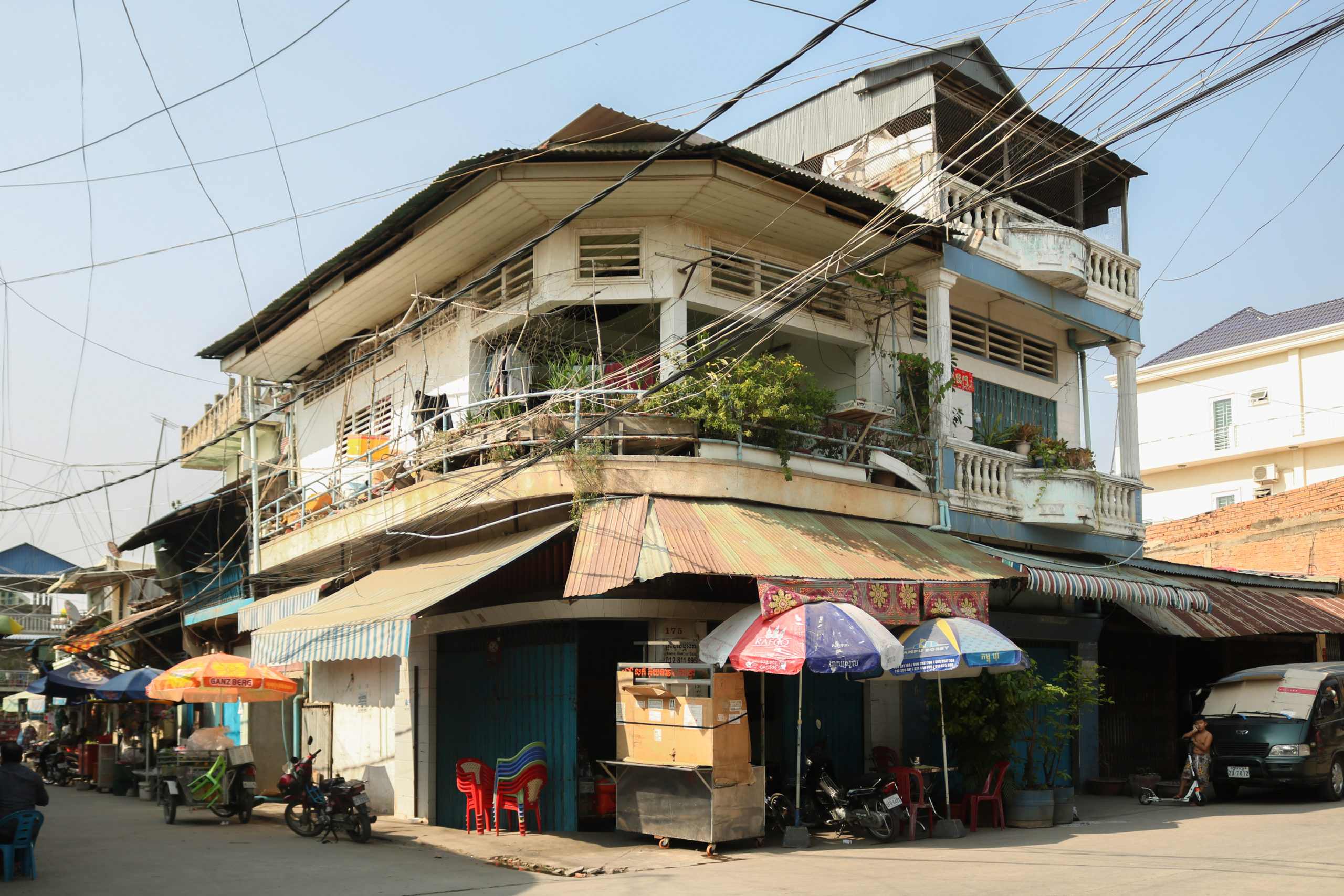
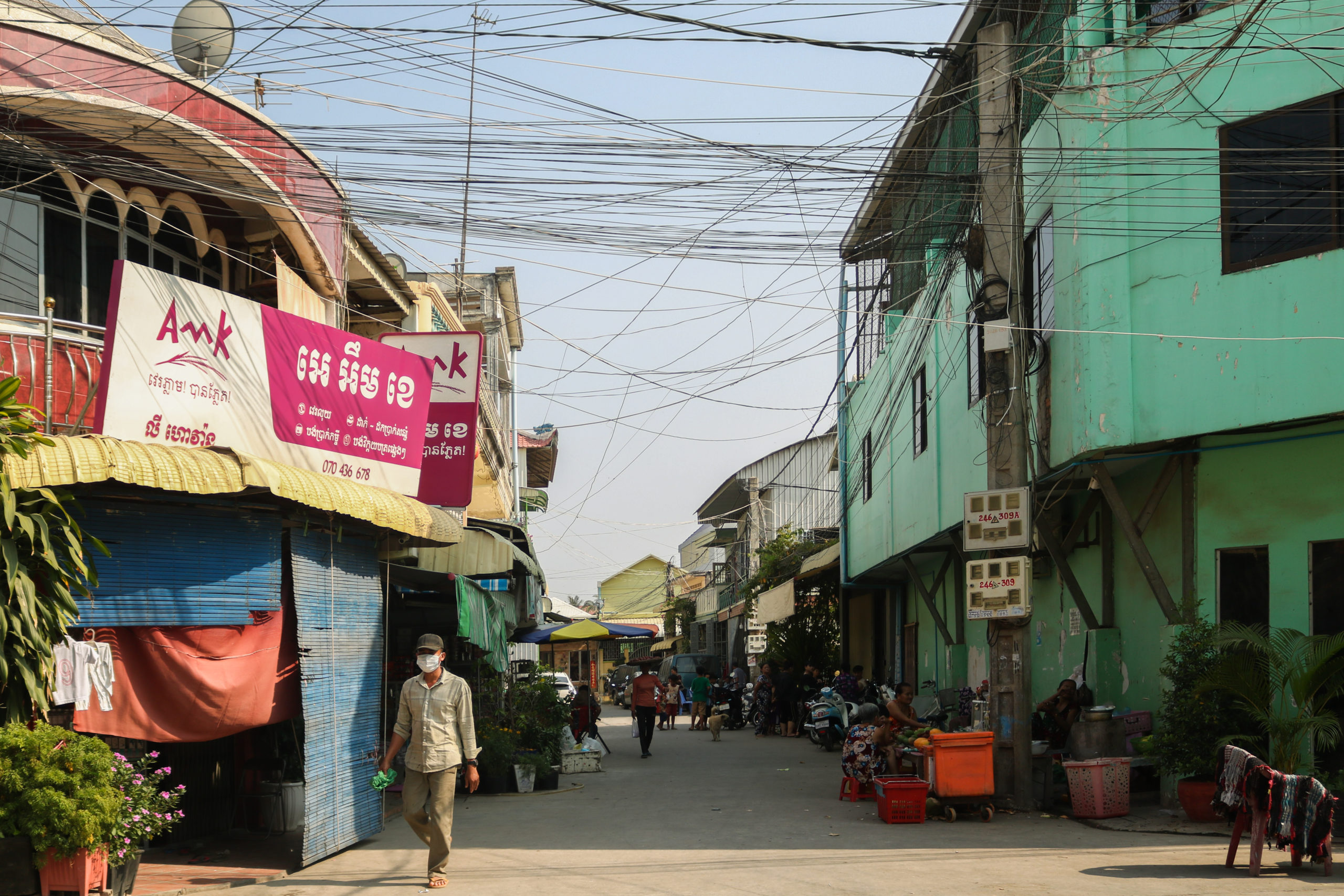
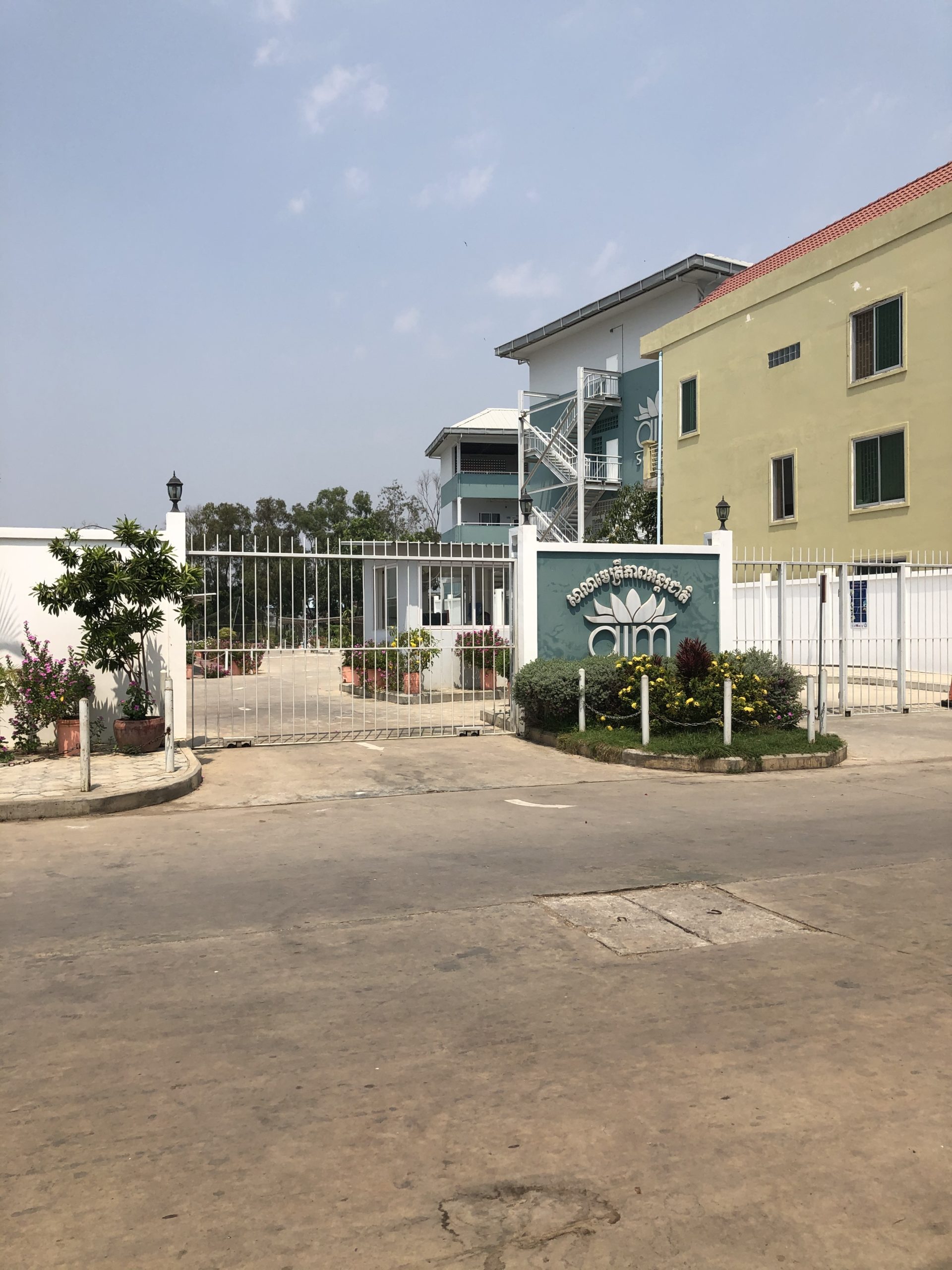
As it pumped funding into the village, AIM also became a vocal advocate in the international media for stronger anti-trafficking measures in Cambodia. At the helm, Brewster became a prominent voice in drawing attention to Svay Pak, including arranging repeat visits from US broadcaster CNN.
This spotlight would eventually make AIM a target within the Cambodian government, which dismissed a 2017 CNN mini-documentary claiming the organisation misrepresented the situation in the village by labelling the sex workers as Cambodian nationals rather than Vietnamese living in Cambodia.
The prime minister personally issued a call to expel AIM from the country, though he almost immediately relented after Brewster issued a public apology on behalf of the organisation. The pastor, who has since moved back to California, did not respond to requests for comment from the Globe.
“We never completely closed, the programmes were paused for a period of time,” Stock said. “I can’t really go into a lot of detail, but I can tell you that one of things that turned the corner was the outcry from the community in Svay Pak, who told authorities about the impact of these programmes in the community and spoke to leadership on AIM’s behalf to change the [government’s] tide and opinion.”
Despite the continued international fascination with Svay Pak, others who work in child welfare say the village had long ago fallen off their radar. This is thanks in part to the widespread development across Cambodia, the general decline of child sex tourism in Southeast Asia and, to a large degree, increased crackdowns by national authorities to address crimes against children.
Jim McCabe is head of the Child Protection Unit (CPU) in Cambodia, a joint mission of the Cambodian Children’s Fund and the National Police that works to identify and intervene in cases of abuse against children. McCabe notes that the kinds of abuses that made Svay Pak notorious are from a different era, with most of the open activity having largely disappeared by 2013.
For those pedophile networks still in operation in Cambodia, they have grown more sophisticated in circumventing police.
“Trafficking children, there’s been so much work done in the past 10-15 years. It’s nothing like it was before,” McCabe said. “The idea of walking down the riverside or going to a place like Svay Pak to get a child, that’s basically nonexistent here.”
Still, he hedges his statements with a note.
“Is it nonexistent? You could never say that,” he added. “We have done operations where we’ve seen young girls. But it’s very much underground now, and you’d have to do a lot of work to infiltrate.”
According to McCabe, if one were looking for a modern-day equivalent to Svay Pak, the dark web is where to look, though not even the CPU has yet managed to penetrate this highly protected network.
Even in the earlier days, before the Internet, crackdown operations in Svay Pak required plenty of resources, which were largely lacking at the time. Media accounts of Svay Pak from the early 2000s describe local law enforcement as being mired in corruption. Some police officers then were often incentivised through bribes to turn a blind eye to sex trafficking, if not shelter it from crackdowns altogether.
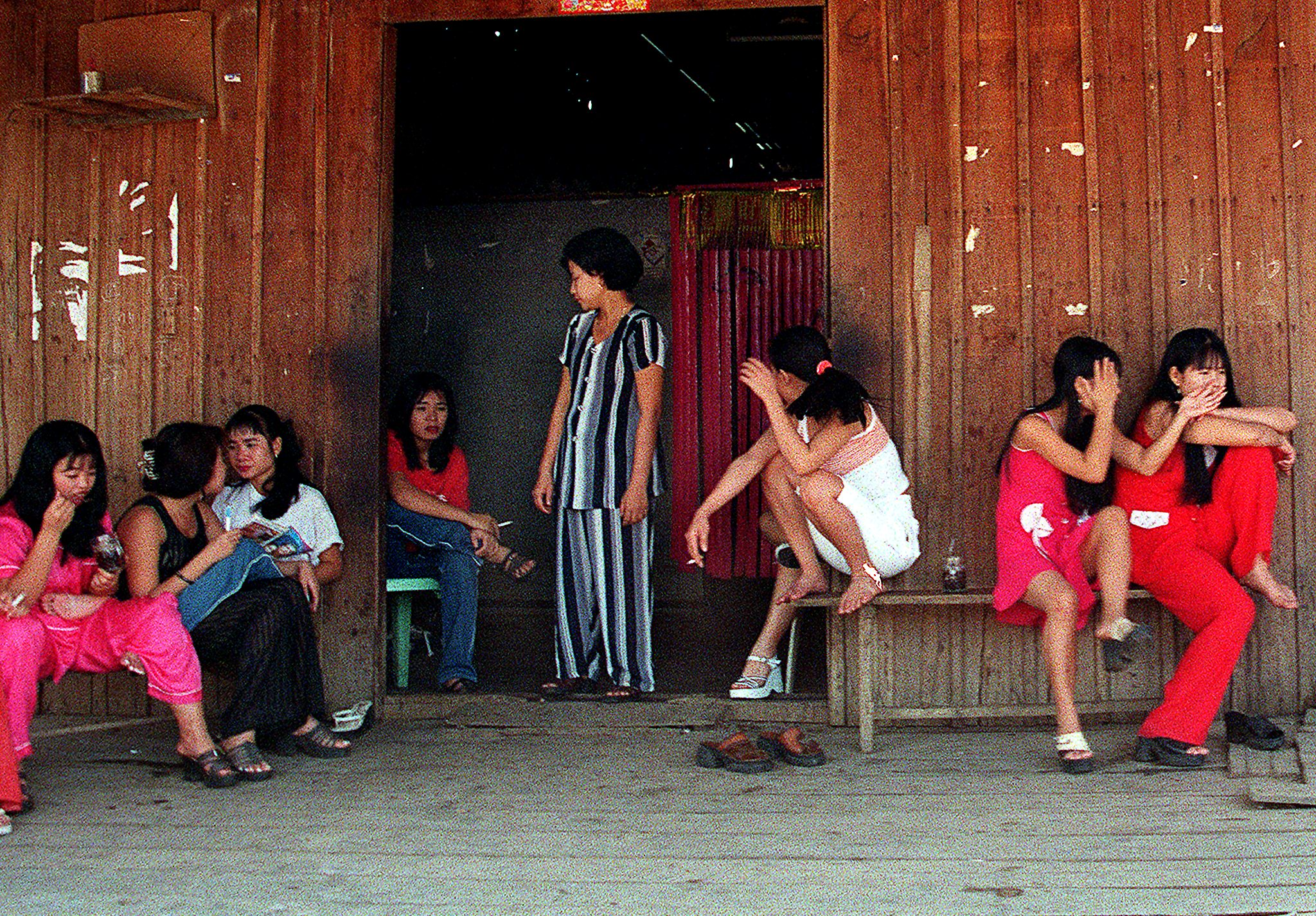
In an effort to increase transparency within law enforcement, in 2002, the government established the Department of Anti-Human Trafficking and Juvenile Protection and began working with both police and civil society groups like AIM to identify and arrest those who sold or bought children for sex.
By 2003, leaders in the US and Australia had made it a priority to crack down on international child sex crimes, in no small part due to their own nationals going to places like Svay Pak in search of children. Subsequent raids were ordered, with national police sweeping through the village and closing brothels, in what would become a rinse-and-repeat tactic for gradually cleaning up Svay Pak.
The law-and-order overhaul couldn’t come fast enough. Long-time residents of Svay Pak remember the days when the streets would be lined with women openly offering their services. In the worst of times, even the youngest girls could be seen beckoning to men from barred windows.
Many of the girls working in the trade, especially the younger ones, had initially been sold to pimps for their virginity by their families, eager to earn some extra money to pay off their debt.
“If the pimps wanted a girl for a virginity sale they would ask the parents who would sell their kids because they needed money,” said Ban Thul, a 60-year-old street food vendor who has lived in Svay Pak her whole life. “Once the girl would lose her virginity, she would automatically become a full time sex worker.”
When the child sex trade was in full swing, Brewster told CNN that “100%” of the local girls of Svay Pak had been caught up in the industry.
Other estimates of the national scene from that era suggested as many as 30% of sex workers in the country were minors. By 2015, according to a study of the sex industry by anti-trafficking organisation International Justice Mission, that prevalence had fallen to 2.2%, with minors 15 years and younger estimated as only 0.1% of sex workers.
More than five years later, updated statistics about the prevalence of child sex trade are hard to come by. But in the face of a more robust law enforcement approach, those like McCabe say that patterns of child abuse in Cambodia, sexual or otherwise, look much more like those of any other country, with the highest incidence happening within families or from those otherwise familiar to the child, such as a teacher or family friend.
McCabe accredits this shift to proactive efforts on the part of the Cambodian government and their law enforcement. And, currently, according to McCabe, police efforts are operating under a 95% arrest rate, which in 2020, corresponded to the protection of 370 victims across the whole of Cambodia.
As for international pedophiles, McCabe says perpetrators today are now far more likely to meet children through an NGO network than through a pimp, though even this sphere of activity has decreased in recent years.
This kind of subtle infiltration is something that those who work in child and women’s protection have seen for some time now. Kong Vanthat, the executive director of the Women’s Resource Center in Siem Reap, explains that, for many years, organisations offered easy access to children without realising the consequences. Though abuses still do happen, Vanthat said the past decade ushered in sweeping changes to child welfare policies.
“Looking back, there were a lot of risks for children, especially in places like orphanages where I used to work,” Vanthat said. “We didn’t realise the potential for abuse.”
Today, not so many people talk about it. Most of the girls have left, but those who stayed now have families and seem to accept that it’s part of their history and live with it
As a greater consciousness toward child safety grew both in the civil society and in halls of state, non-governmental organisations that had carved out a niche in fighting the child sex trade have pivoted to other issues.
International Justice Mission (IJM) is one of those. One of the first non-governmental organisations to wade into the issue of commercial child sex abuse, the Christian-faith inspired IJM was a central figure in investigating and partnering with local police to crack down on child brothels in Svay Pak and around the country.
Since 2015, the organisation no longer deals with child sex trafficking in Cambodia. Jacob Sims, IJM country director, says the focus has shifted entirely to the country’s migrant labourers, many of whom are often exploited by dishonest brokers and employers in neighbouring countries such as Thailand.
“It wasn’t a decision to say that child sex trafficking has been eradicated,” Sims said of the organisation’s 2015 reroute. Rather, the set of organisations fighting child sex exploitation, from those in civil society to the Cambodian government and foreign state partners, had expanded dramatically from IJM’s first entry, leaving a crowded field he said.
“When we left in 2015, we did so in an environment where there was a proliferation of actors, an environment that understood this was wrong, it had the eye of the international community and the government,” Sims said.
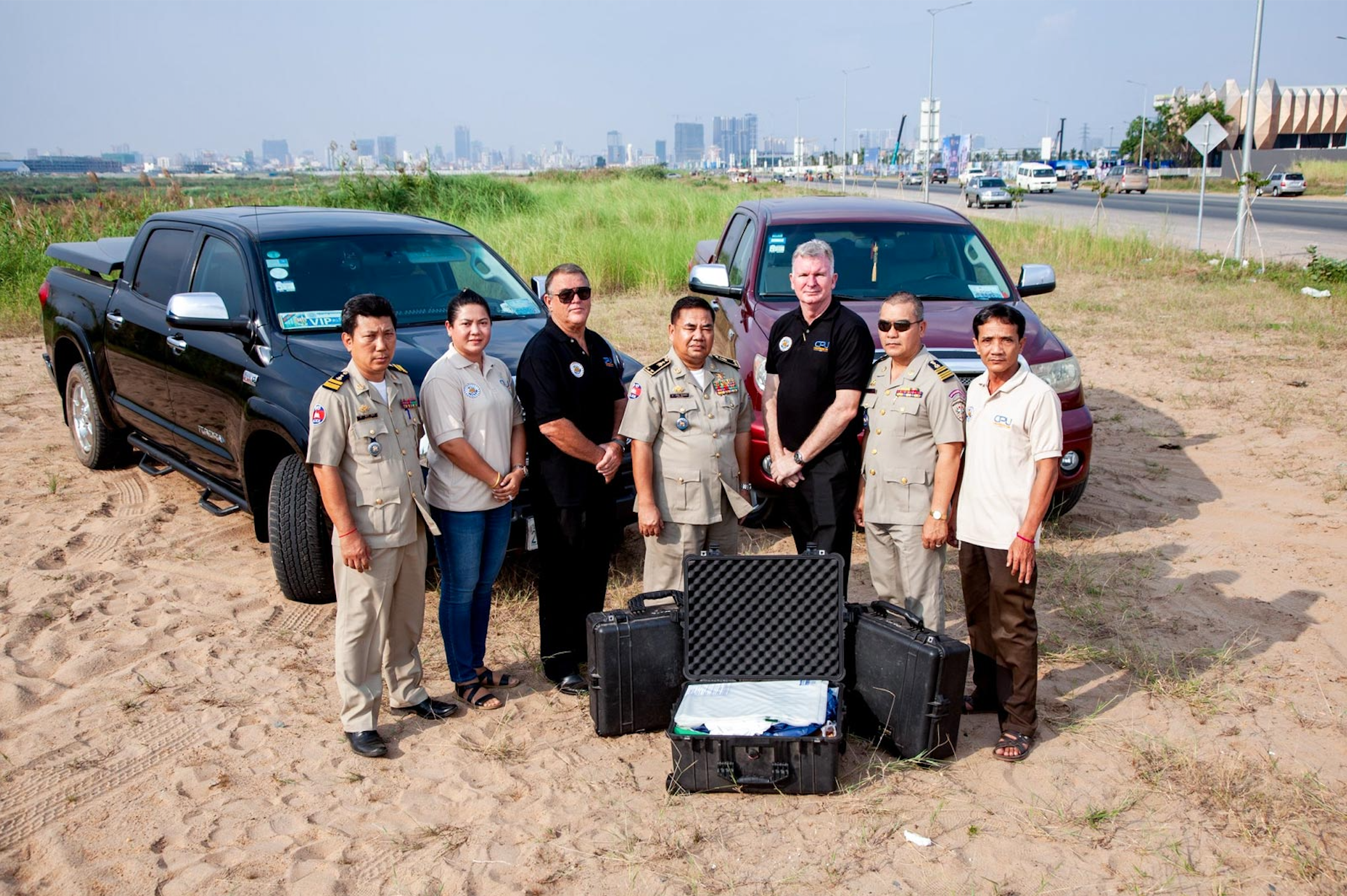
On a recent Saturday in Svay Pak, just outside the shop where Hok and others were passing the time lounging and drinking tea, was a line of mostly middle-aged Vietnamese men sitting over game boards, smoking cigarettes and joking amongst themselves. The scene is a long way off from the scenes once common to an average day in Svay Pak, when it was young women and girls who lined up along the street.
Today, even the local priest of the Catholic church, where Vietnamese-Cambodian residents gather for mass conducted in the Khmer language, said he hadn’t heard of the sex abuse the village was notorious for less than a decade earlier, despite having catered to the community for more than a year.
He didn’t have any contact with AIM either, despite the organisation’s large school centre being located just across the street from his church, but believed, from all he’d seen, the community was safe for children. His priority now is in teaching them and providing school support.
“The most important thing is the education, to teach the youth to read and write in Khmer language so they can join society, to have more of a life,” he said.
As the focus shifts to the younger generation, former victims and perpetrators alike have retreated into the shadows. In search of a new life, far from the grim and shameful reminders of Svay Pak, many of the girls, now fully-grown women, have left for other cities and towns in Cambodia, or even back to Vietnam.
Villagers who spoke with the Globe said few survivors remain in town today, with the driver Hok estimating only about 5%. Of the Vietnamese residents in Svay Pak today, most are said to have arrived after the sex trade ended.
The few who stayed on after the sex trade ended, says Ly Hovan, have found some success in moving on – though very few choose to speak about what once happened to them.
“Today, not so many people talk about it. Most of the girls have left, but those who stayed now have families and seem to accept that it’s part of their history and live with it.”
This article was chosen by our members as a part of our Story Vote campaign, a special feature exclusive to paying members. Next week we will be having a webinar to go deeper into the topic and answer reader questions. If you would like to vote on our next big feature or attend the upcoming webinar become a member today.
